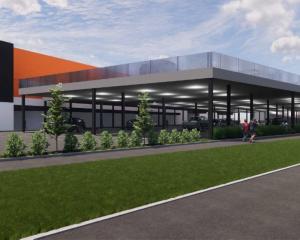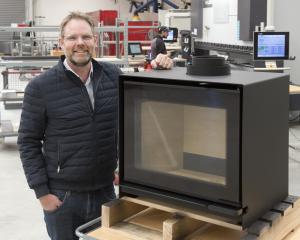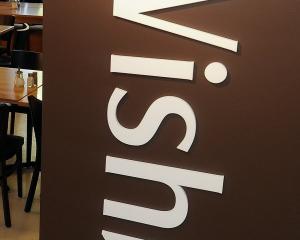Politicians continue to do battle over housing statistics, where Auckland issues are at the forefront of needs in what is snowballing into the major issue for next year's election.
Housing Minister Dr Nick Smith is trumpeting that building activity has hit an 11-year high. Consents for more than 28,000 new dwellings had been issued in the year to April. However, Labour's housing spokesman, Phil Twyford, has highlighted an annual shortfall in Auckland of more than 3600.
Dr Smith said yesterday's data from Statistics New Zealand showed 28,038 consents were issued for the year to April, up 12% from 25,068 in the previous year and more than double the 13,236 consents five years ago.
"This is the longest and strongest period of growth in residential construction in New Zealand history, with four consecutive years of 10%-plus growth nationally and 15%-plus growth in Auckland,'' he said.
When contacted, Mr Twyford said the rate of consent issuance growth had declined from 41% to 15% and left Auckland short by 3642 homes each year.
"People want solutions now. First-home owners want homes now,'' he said.
Dr Smith said the economy was on schedule for 85,000 new homes to be built across New Zealand in this term of Parliament, up from 60,000 last term.
"We are also on track for an all-time record of 36,000 homes being built in Auckland, which would be the largest in any Parliamentary term,'' he said.
However, Mr Twyford said if the measure were three terms of Government, National would be falling short and ``would have to find 37,000 homes'' by the next election.
"The build rate is not keeping up ... Auckland is driving the bubble. It's getting worse,'' Mr Twyford said.
However, Dr Smith said the present growth rate was double what Labour said it thought was possible under its KiwiBuild policy at the last election.
"These figures show a dramatic growth in building activity in the regions. This building boom began in Christchurch in 2012, spread to Auckland in 2014 and is now flowing to [other] centres,'' he said.
He cited Whangarei, 531 consents, up 53% from 346; Palmerston North, 259, up 57% from 165; Queenstown Lakes, 894, up 40% from 638; Tauranga, 1328, up 26% from 1055; and Hamilton, 1049, up 26% from 835.
Dr Smith compared those with Auckland, where consents went to 9353 from 8155, up 15%, and Christchurch, down to 3905 from 4293, a 9% decline.
"We're going to need to maintain this strong growth in building activity to keep up with New Zealand's population growth, which is the result of record numbers of Kiwis coming home,'' Dr Smith said.
He said the next step would be tomorrow, when a proposed National Policy Statement on Urban Development Capacity would be announced.












